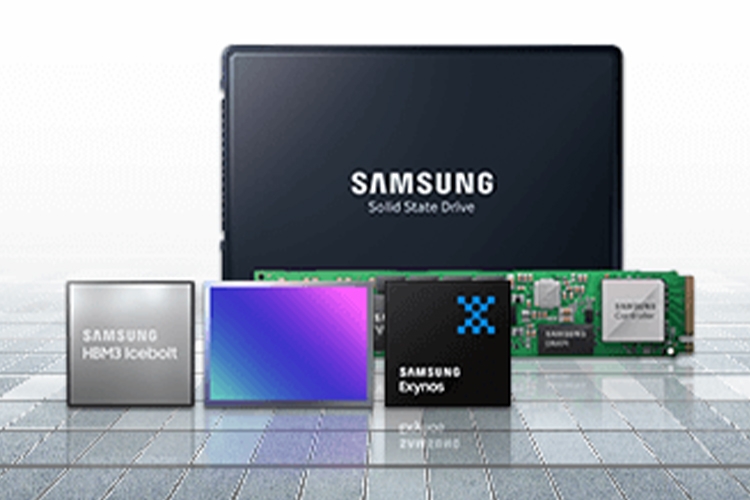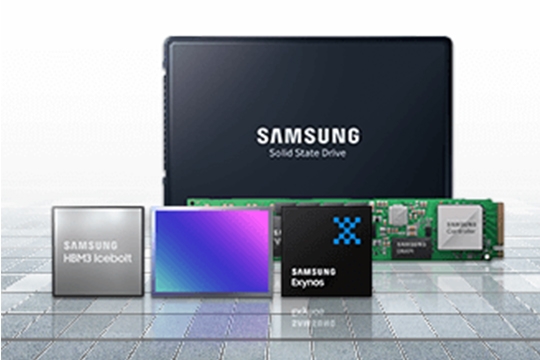The Challenge:
The Corona Fire Department (CFD) responds to more emergency medical services (EMS) incidents than fire calls. As first responders, they stabilize patients for transport to a local hospital and gather information that emergency departments will need to treat them. But without a digital patient care reporting solution, first responders had to jot down key information in the field and hope they remembered the rest when they had time to complete the required documentation. Once the team member finally turned in the paperwork, someone had to digitize that data for required submission to state and national information systems. To improve patient outcomes and ensure compliance, CFD needed a mobile solution for real-time reporting.
Even in southern California, where seasonal wildfires keep firefighters busy for days or weeks at a time, CFD rescues more people from traffic accidents and heart attacks than from burning forests and buildings.
“We have major rails running through our city and one of the busiest intersections in southern California — the 15 and 91 freeways,” Fire Captain Andreas Johansson explains. “All of our apparatus are advanced life support, so we have paramedic firefighters on them. Just like most any fire department in America, we’re running about 80 percent medical calls. Our patient transports are provided by a third-party company: American Medical Response.”
As first responders on EMS calls, firefighters’ job is to gather information and stabilize patients for transport. They check vital signs, connect the patient to an EKG heart monitor, perform CPR and other life-saving procedures, administer certain medications, and (whenever possible) ask questions: What’s your name? Age? What symptoms are you experiencing? What surgeries have you had? What medications are you taking? Are you allergic to any medications?
The more information firefighters collect, the better they can treat patients at the scene and, just as importantly, prep emergency department physicians. The fewer questions doctors have to ask, the faster they can start saving lives.
For CFD, the data acquisition challenge was two-fold: First, patients are often confused or unconscious. And second, without digital charting solutions, first responders had to jot down key information in the field and hope they remembered the rest when they had time to complete the required documentation.
Once the firefighter turned in the paperwork, someone had to enter all that data into a computer-based system and eventually submit it to the National Emergency Medical Services Information System (NEMSIS), the federal repository for EMS data.
















